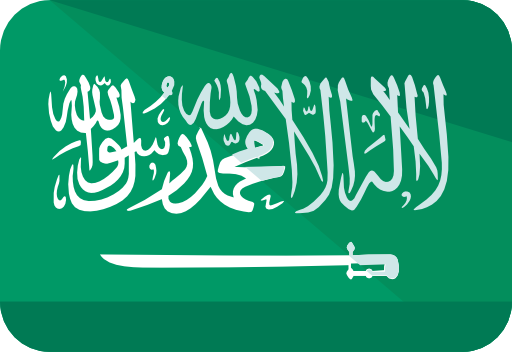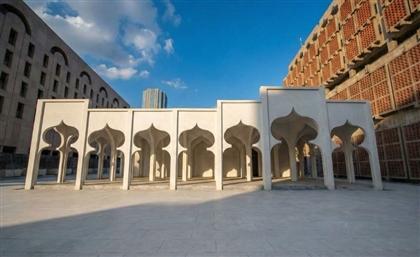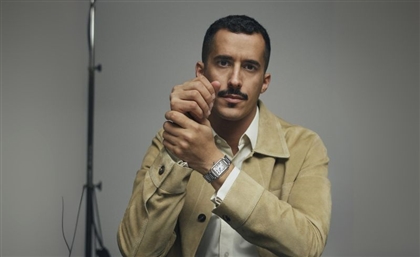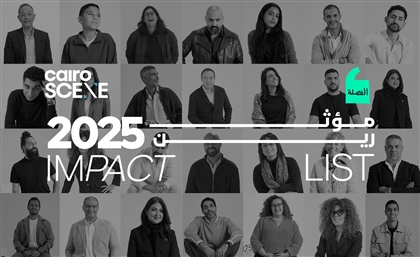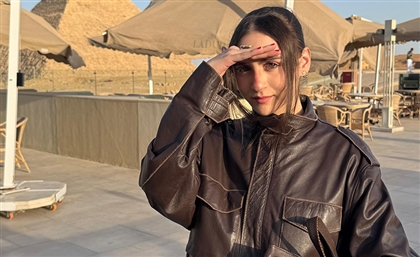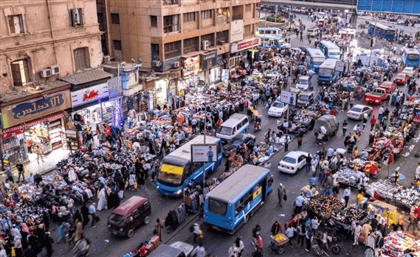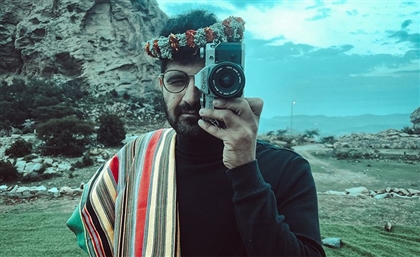Faisal Al-Kheriji is Reshaping Cubism on Saudi Terms
From reimagining Da Vinci’s 'The Last Supper' as a Ramadan feast to weaving Saudi attires into cubist forms, Faisal Al-Kheriji merges global influence with a distinctly local voice.
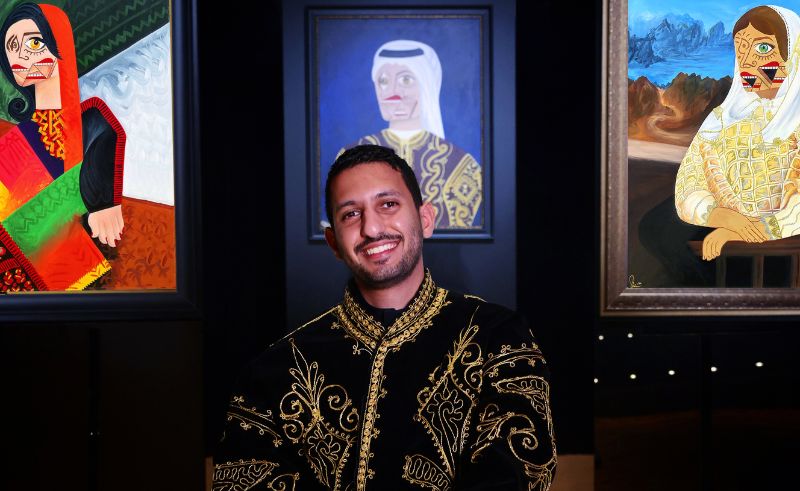
Faisal Al-Kheriji’s canvases fracture and reassemble his Saudi identity into something simultaneously familiar and strange. Figures stretch and compress, garments and gestures surface like fragments of memory, and cultural patterns appear in unexpected places yet always circles back to questions of Saudi identity - from reimagining 'The Last Supper' as a Ramadan dinner, to evoking iconic photographs through the smallest details.
Faisal didn’t take the expected route into art. With a degree in business management and marketing, and a full-time corporate career, his background might not suggest a painter steadily making his way onto international walls. But since 2013, when he first shared a large canvas on Instagram, the response shifted his perspective. “I painted my first actual large canvas piece and posted it, and that made me realise I might have something going on here,” he recalls.
Before that turning point, though, art had been quietly running through his life. As a child in Jeddah, he wasn’t particularly the “artistic kid,” but summer camp painting sessions sparked a curiosity. By his teenage years, he was buying canvases, copying works by artists like Michael Godard whose surreal olives and strawberries enchanted him and experimenting with adding his own twists, like replacing a champagne-bathing strawberry with coffee and a date. Even early on, he was nudging global art references toward a Saudi identity.
Unlike the impulsive, almost organic beginnings of his artistic journey, the work itself tells a different story. Purpose, experimentation, and cultural symbolism take centre stage of his priorities. Drawing from cubism’s fractured forms and surrealism’s dreamlike distortions, Al-Kheriji creates paintings that resist tidy explanations. “I honestly don’t decide… the painting decides,” he says with a laugh. “For me it’s about painting something that captures the eye, even if it’s not very understood. I just start the process and see where it leads, and it always ends up having an element of culture, cubism, or a mix of different things.”
That curiosity about culture only grew with time. Researching patterns, garments, and regional rituals, he began weaving them into his art—and, just as importantly, into the stories he told about his work. What started as posting images without explanation soon became a practice of sharing context: what a particular outfit meant, what gesture or tradition it evoked. For Al-Kheriji, painting became a form of cultural archiving as much as expression.
That openness to process is grounded in his admiration for artists who made rules only to break them. Pablo Picasso and George Condo loomed large in his practice. “Definitely the uniqueness of their styles and works—they make you stop, stare and wonder what they mean, why they painted things in certain ways. The colours and strokes always manage to capture your attention regardless if you understand the story or not.”
Al-Kheriji’s own canvases mirror that quality. Figures are reassembled into angular fragments, faces stretch and compress into new forms and cultural signifiers. His priority was to create a language to his art that speaks locally but resonates across borders. Exhibitions in Boston, London, and Jeddah have shown him how universal curiosity can be. “Honestly, acceptance is what keeps me going, you’d be surprised how much people are interested and excited to learn and explore Saudi culture.” Al-Kheriji tells SceneNowSaudi.
Some pieces take on iconic imagery and reinterpret them in Saudi terms. In 'The First Fatoor', for instance, he reinterprets Da Vinci’s 'The Last Supper' as a Ramadan iftar table, complete with moonlit skies and dishes that appear only during the holy month. In another, 'The Sadu Lady', traditional weaving patterns are combined with a purple backdrop inspired by Saudi Arabia’s new lavender-coloured “red carpet” for welcoming dignitaries. Even the placement of a shemagh in one of his portraits is drawn from a historic photograph of King Abdulaziz as a statement on bravery, resilience and continuity.
With Saudi Arabia’s art scene expanding rapidly, Al-Kheriji sees an environment where experimentation is encouraged. “Endless,” is how he describes the opportunities. “With government and private sector support, and many opportunities for artists to display their work, along with the growing interest from people to explore art, I believe it’s time for any artist to rise and share their art with the world.”
For Al-Kheriji, the role of art is not confined to galleries. It’s about impact. “I always aspire for my art to contribute by any means, whether just beautifully hanging in a place for someone to stare at and enjoy, or sparking conversation between people, or inspiring others to create art. All are equally important to me.” he reflects. As much as art is a form of expression and has an aesthetic value, his paintings are about posing questions about culture, identity, how traditions can be fragmented and reassembled into something entirely new.
- Previous Article Cairo Food Week Brings Global Chefs to the City’s Tables
- Next Article Six Unexpected Natural Wonders to Explore in Egypt
Trending This Week
-
Dec 23, 2025


